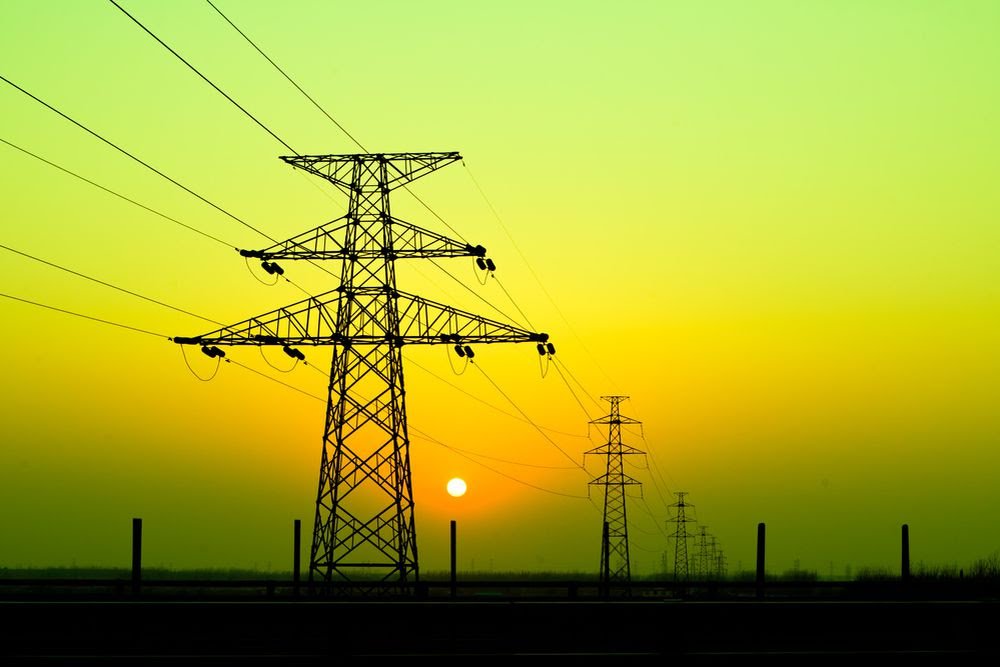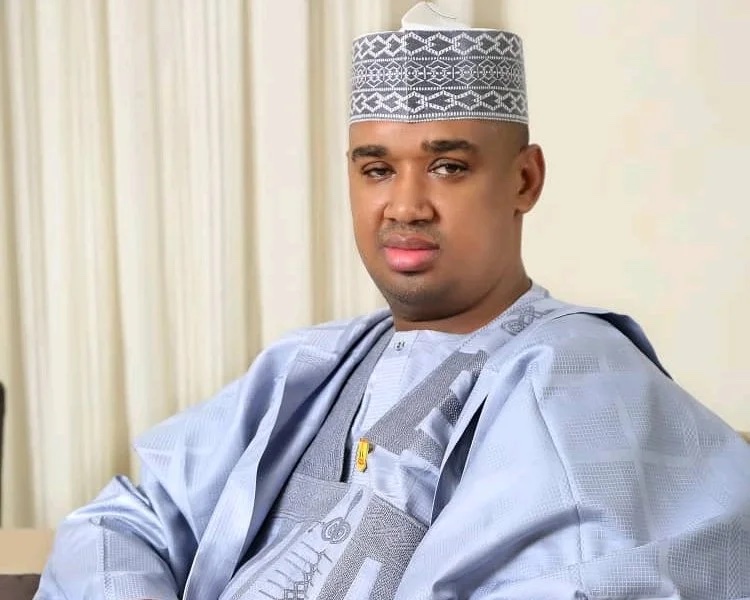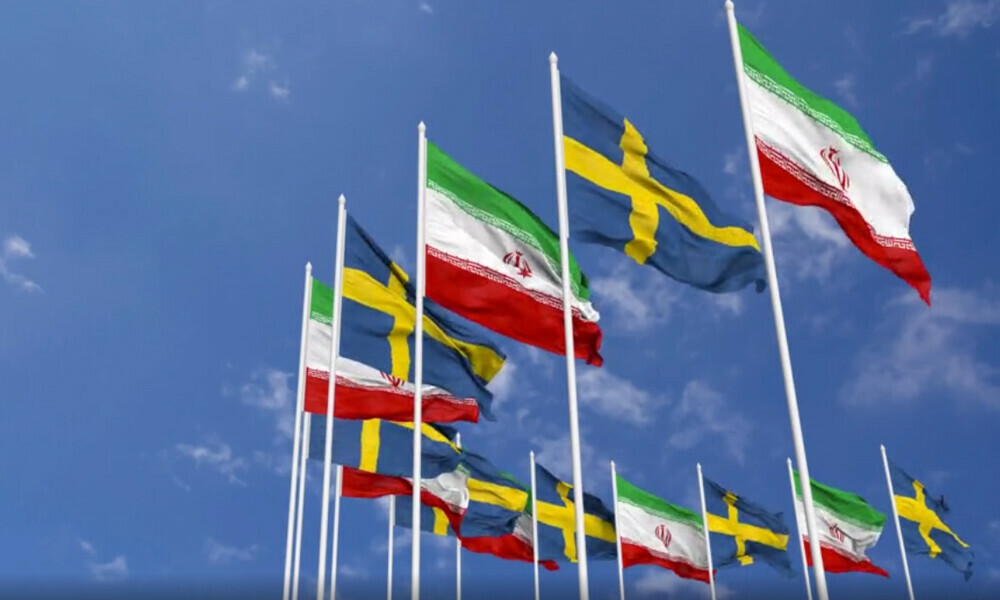
Despite measures taken by the Nigerian government aimed at mitigating the huge electricity crisis, there are a few challenges that have persisted and continue to prevent the country from achieving reliable and accessible electricity for all.
Among the challenges are:
Lack of enough generation capacity: Despite of all the efforts to increase the nation’s generation capacity through multiple projects, the generation capacity remains less than the demand.
Constraints with transmission and distribution: Losses due to technical issues and poor maintenance are major constraints that limit efficient transmission of electricity from power plants to end-users. This often is leading to regular power outages and voltage fluctuations.
Gas supply: For many power plants gas supply remains the most critical issue because pipeline vandalism, infrastructure constraints, and pricing issues are eventually affecting the reliability of gas-fired generation.
Financial issues: Initiatives in the power sector in terms of financial sustainability are not enough, revenue collection issues, elevated levels of debt owed by electricity consumers, and financial constraints faced by operators in the power sector continue to wreak havoc on investment in infrastructure upgrades and maintenance.
Uncertain policy: While efforts have been made to improve the regulatory framework for the power sector, a lack of clarity spread through investment decisions and limits long-term planning, thereby hurting private sector participation and innovation. Discrepancies in regulatory decisions and delays in policy implementation act as a barrier to private sector participation and innovation.
Rural electrification is insufficient: Although initiatives have been undertaken to improve off-grid electrification and renewable energy solutions in rural areas, the low level of rural access to electricity remains a major challenge. Affordability issues, infrastructure constraints, and lack of institutional capacity reflect a significant challenge.
Issues with governance: Challenges within the power sector represent a major concern to the successful functioning of the power sector. Sometimes bureaucratic inefficiency and vested interests are hindering the successful implementation of reforms suggested and the progress is side tracked in the fight against the electricity crisis.
Can the emerging technology, Artificial Intelligence (AI) help with it?
Artificial Intelligence (AI) is an emerging technology that is picking up quickly in developed countries like United States. It refers to a computer that is capable of performing tasks that typically require human brain. These tasks include learning and solving problems. Large Language Models (LLMs) are a specific type of AI that can understand and generate human-like language at large scale.
Technology such as AI and LLM can play a huge role in addressing some of the challenges faced by the Nigerian power sector.
Here are some examples:
Predictive maintenance with data analysis: AI can be used to analyse huge volume of data coming from different monitoring systems for power plants, transmission lines, and distribution networks. Based on the data, the model can look for patterns of equipment failure. Using predictive maintenance algorithms, operators can proactively prevent breakdowns, thereby reducing downtime.
How to test: Run pilot projects and implement AI for predictive maintenance at select power plants. Conduct pilot projects to determine the effectiveness and accuracy of predictive maintenance algorithms in reducing downtime and improving the reliability of supply in particular power generation facilities.
Optimisation of power generation and distribution: AI Models can be used to optimize the operation of power generation assets, taking into account factors such as fuel volume availability, how is the demand patterns over last few years, and stability of grid. Similarly, LLM can be used to optimize the distribution of electricity across the grid to minimize losses, enhance efficiency, and prioritize delivery to areas with the greatest need.
How to test: Define key performance indicators such as reliability of electricity supply, reduction in technical losses, and improvement in energy efficiency to measure the performance and impact of AI optimization algorithms.
Forecasting demand and management: AI-powered demand forecasting models would be able to analyse historical data and external factors to predict electricity demand correctly. This would help utilities and grid operators in better planning and managing their resources, in turn helping them to optimize generation schedules and avoid supply-demand imbalances.
How to test: One can benchmark the accuracy and effectiveness of AI demand forecasting models against traditional methods to establish and roll out improvements in the accuracy of demand forecasting and grid management.
Grid monitoring and control: AI-driven systems can constantly analyse information from sensors and smart meters to detect any errors and identify areas of congestion or instability in the grid. The system can then automatically reconfigure the grid to maintain stability and reliability. This can be used to prevent blackouts and minimise the impact of grid disturbances.
How to test: Use simulation and modeling techniques to replicate grid disturbances and measure the performance of AI-based monitoring and control systems for grid stability.
Energy efficiency solutions: Leverage AI for optimisation of energy consumption in buildings, industries, and homes, based on energy demand and supply data and patterns. The results from this can be leveraged in optimising heating, ventilation, and cooling systems, lighting, and other energy-consuming equipment for electricity conservation and energy cost savings.
How to test: Test energy efficiency projects and infrastructure upgrades independently using audits and reviews to assess their impact on financial sustainability and identify opportunities for further improvement.
Renewable energy integration: Real-time forecasting of renewable energy generation using AI and optimal grid integration with conventional generation sources can be used to manage intermittency challenges.
How to test: Verify the quality of data used for renewable energy forecasting and grid integration to enable accurate modeling and decision-making.
Customer engagement and billing optimisation: Chatbots that are powered by AI and customer service platforms can be used to improve customer engagement by providing personalised energy usage insights, answering customer queries, showing the stats and giving insights on their usage. These algorithms can also optimize billing, detect errors in billing or discrepancies, and identify opportunities for reducing non-technical losses.
How to test: Gather customer feedback and the opinion of the stakeholders about the usability, effectiveness, and satisfaction with AI-powered customer engagement platforms and billing processes.
Policy and regulatory support: AI can analyze vast amounts of textual data from regulatory documents, policy papers, and legal frameworks to provide insights and recommendations to policymakers, regulators, and stakeholders. This will speed up regulatory processes, also identify gaps or inconsistencies in policies, and provide better support to evidence-based decision-making.
How to test: Create mechanisms for long-term monitoring and evaluation of policy effectiveness and regulatory compliance using LLMs to provide insights and recommendations for policy refinement and improvement.
By leveraging AI and LLM technologies in these ways, the Nigerian power sector can improve operational efficiency, enhance reliability, optimize resource allocation, and accelerate the transition to a more sustainable and resilient electricity system.
Saichand, a Director at Samsung Research America, he can be reached via saichand.boyapati@gmail.com


















